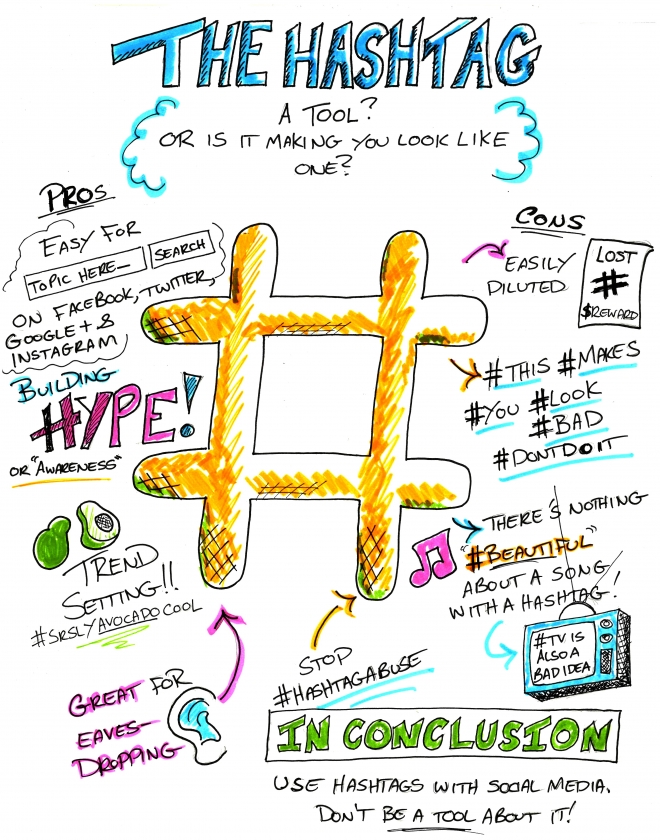This was exactly what he said:
How do you feel about using # (pound) for groups. As in #barcamp [msg]??Although it had been used on other sites, the famous hashtag had never been used on a social platform until then. Fast forward to October of 2007, when Nate Ridder, a resident of San Diego, California started appending all his posts with the hashtag #sandiegofire. It was a way to keep the entire world up to date on the chaos in Sand Diego at the time. And it worked!
By July of 2009, Twitter hashtags were officially adopted by Twitter and everything with a # in front of it became hyper-linked. And this new feature would later be coupled with Twitter’s "Trending Topics", placing the most popular hashtags right on its homepage.
There’s a lot of reasons to use hashtags in your social media posts. One of the main reasons is that it allows you in to the “inner circle” of a conversation. Including hashtags today is akin to old fashioned SEO (search engine optimization) techniques. If you’d like to learn more about the using hashtags properly, Hootsuite has a list of “The Do’s and Don’ts of How to Use Hashtags”.




